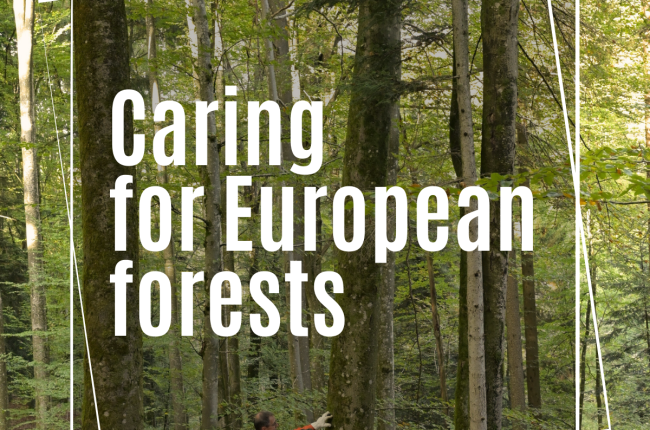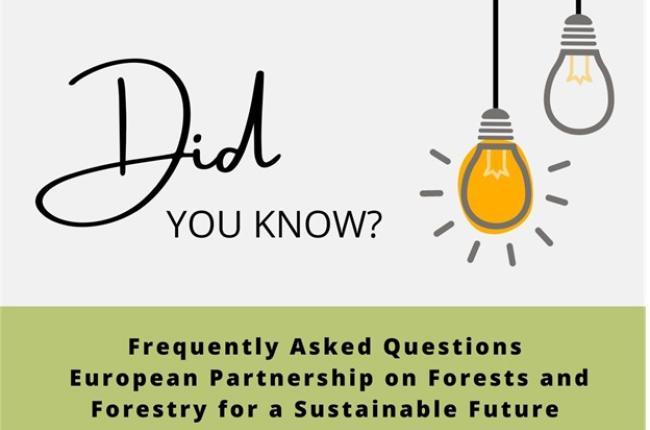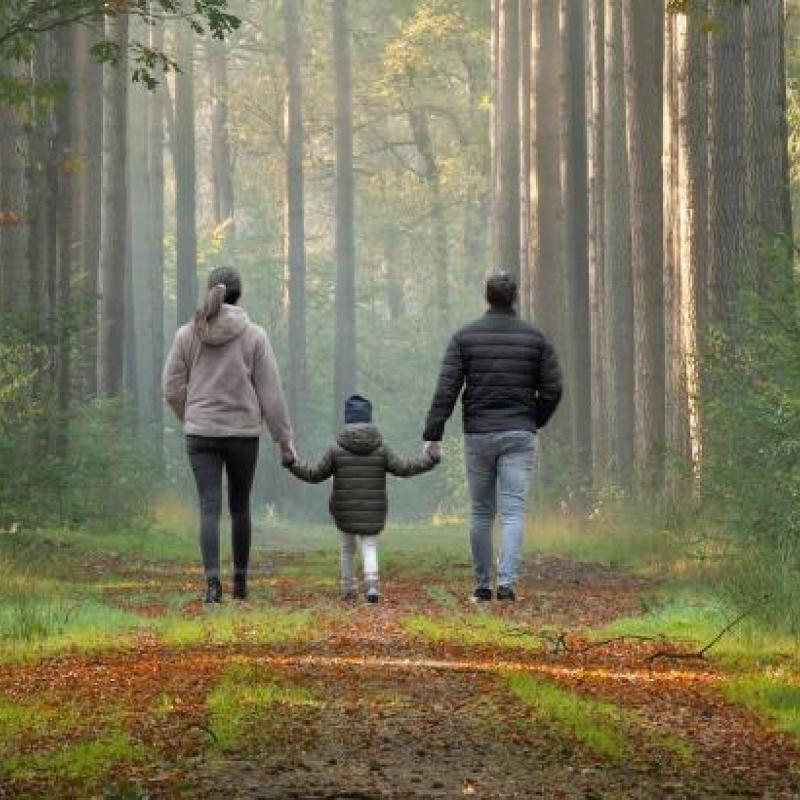The FAO report is built around 6 main chapters:
1. Can forests and trees provide means for recovery and inclusive, resilient and sustainable economies?
2. Forests and trees provide vital good and ecosystems services but are undervalued in economic systems
3. Three interrelated forest pathways could contribute to green recovery and a transition to sustainable economies
4. Viable options exist for scaling up investments in forest pathways – with potentially considerable benefits
5. Smallholders, local communities and indigenous people are crucial for scaling up the implementation of the forest pathways
6. The forest pathways - a means for green recovery and resilient economies?

The insights are presented as a digital report by the FAO on an interactive webpage.
In these, three forest-based pathways are identified for world forests to contribute tackling the global challenges:
- halting deforestation and maintaining forests;
- restoring degraded lands and expanding agroforestry; and
- sustainably using forests and building green value chains.
Pathway 1: Halting deforestation and maintaining forests
According to the report, “recent estimates suggest that halting deforestation could provide 14% of the additional world mitigation needed by 2030 to keep global climate change below 1.5 °C”. The report suggests that 90% of global deforestation is caused by agricultural expansion with underlying drivers including poverty, unsustainable production practices, and consumption pattern. On a positive note, global deforestation rate is declining. When it comes to patterns of forest-area change, there are significant regional differences: the highest net forest losses in 2010–2020 were in South America and Africa, while Europe and parts of Asia experienced net gains of forest areas.
Pathway 2: restoring degraded lands and expanding agroforestry
2.2 billion ha of degraded land worldwide has been identified by the FAO as “potentially available for restoration of which 1.5 billion ha may be best suited for mosaic restoration combining forests and trees with agriculture”. The report further notes that “a study estimated that the restoration of degraded land through afforestation and reforestation could cost-effectively take 0.9–1.5 GtCO2e per year out of the atmosphere between 2020 and 2050. Despite the environmental and economic benefits”, the report suggests that “the scaling up of restoration and agroforestry is hindered by the longer time required to obtain profitable returns”.
Pathway 3: sustainably using forests and building green value chains
The report presents that as the annual global consumption of all natural resources combined is expected to more than double from 2017 to 2060 due to increases in population size and affluence, the world will need more renewable materials. “To sustainably meet the rising demand, will entail an increase in supply through restoration, reforestation and afforestation on degraded lands”, reads the report. “It will also require increasing the lifespan of wood products, reducing waste through more efficient processing and the cascading use of forest products, changing consumption patterns, and facilitating a transition to more circular economies”, the report identifies.
Key enablers for the pathways to be successfully implemented are:
- mobilisation of private sector investments and streamlined recovery investments;
- empowerment and incentivisation of local actors as leaders of the pathways;
- policy dialogue on sustainable forest uses to achieve simultaneously economic and environmental goals;
- maximizing synergies between pathways and with other policies.
With regards to empowerment and incentivisation of local actors, the report points that they can be highly (cost-) effective forest managers. “As there is evidence that, in general, smallholders with secure tenure tend to make longer-term investments in their lands and forests, compared with those with no or short-term security”. To support their capacity development in an inclusive manner, investment in peer-training, advisory forestry and agroforestry programmes and new technologies are highlighted.
Reference to the full report :
FAO. 2022. The State of the World’s Forests 2022. Forest pathways for green recovery and building inclusive, resilient and sustainable economies. Rome, FAO.
https://doi.org/10.4060/cb9360en




